#Reproduction Superstar Barbie
Explore tagged Tumblr posts
Text
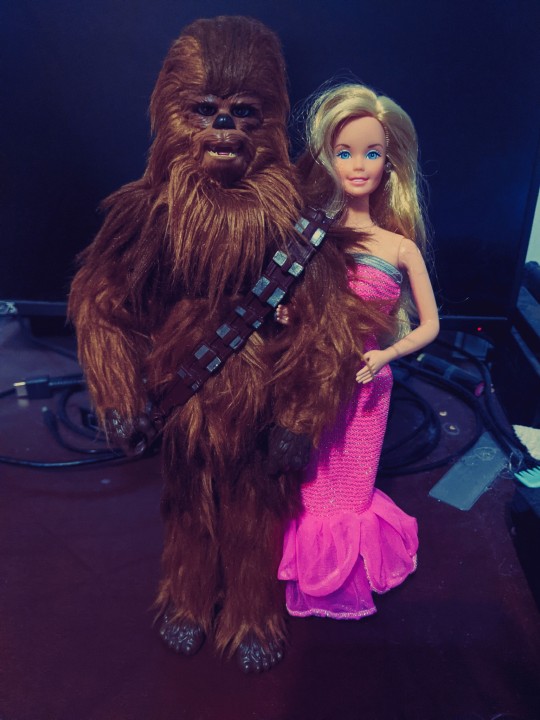


Some pics of one of my Fave Doll Couples, Repro Superstar Barbie and Chewbacca. They're both from '77 technically so it works. There also was a 12 inch Chewie figure made for Star Wars in the late 70s so this pairing could've happened back then too. Mixing your toys together can be so much fun.
#Barbie x Chewbacca#barbie#barbie doll#superstar barbie#1977 Superstar Barbie#Repro Superstar Barbie#reproduction Superstar Barbie#Repro Barbie#Reproduction Barbie#chewbacca#Chewbacca figure#Chewbacca doll#Star Wars Forces of Destiny#Star Wars#Star Wars doll#mixing your toys together
5 notes
·
View notes
Text
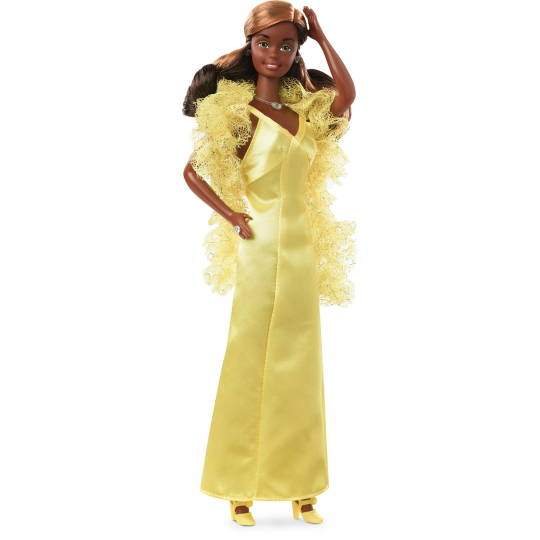
Reproduction: Superstar Christie - 2021
4 notes
·
View notes
Text

Original Barbie Superstar and Barbie Superstar Reproduction Dolls 💫⭐️💫
#barbiesuperstar#barbiesuperstarforever#barbie fashions#mattelcreations#barbiecollector#dolls#barbiedolls#barbie70s#barbiesignature#dollcollectors#mattelbarbie#barbie#barbie superstar era#BarbieSuperstardolls
2 notes
·
View notes
Text
It's Disco Barbie.
In 1977, Barbie® entered the Superstar era, wowing fans with glamorous fashions and hairstyles. This dazzling reproduction celebrates Superstar Barbie™ doll in one of her glitziest looks from the era. Ready to dance the night away, Barbie® doll is dressed in a fabulous pink evening gown with a glittering ruffle boa. Her “diamond” jewelry sparkles under the disco lights while matching heels complete her vibrant look. Featuring a classic twisting waist, posed arms and bendable legs, Superstar Barbie™ doll is ready to paint the town pink! With a stunning look and nostalgic packaging, this Superstar Barbie™ reproduction doll makes the perfect gift for fans and collectors.


19 notes
·
View notes
Text

The next Barbie reproduction is rumored to be Superstar Barbie from 1977. Aka this one.
I have one question. Why to they ALWAYS need to rehash the same repros over and over and over again?
They already reproduced that one for the big 50th Barbie anniversary, with the start of the « my favorite Barbie » collection of dolls.

The superstar Christie repro was great, because we’ve never had her in repro form before. Same as the doctor Barbie, as well as repro Malibu PJ and Christie… Couldn’t they do the superstar Ken? He’s pretty glamorous too !! I remember when the 2018 busy gal Barbie was issued… I had the EXACT same thought. They’ve already done that exact fashion, reproduced in the nineties. And there’s SO many early Barbie fashions that were never issued as repros.

I think that particular busy gal didn’t do so well, because a lot of collectors already had that outfit from the earlier reproduction, so they didn’t bother purchasing that one.
Anyways… time will tell I guess ❤️
16 notes
·
View notes
Photo

Superstar Barbie [Reproduction doll (2009)]
44 notes
·
View notes
Text
¡La Barbie Day to Night ha vuelto!
¡Hola a todos! Pongámonos en situación. Corría el año 1985 (yo aún no había nacido) cuando Mattel lanzaba al mercado una Barbie de las que podemos llamar “completita”. Era la Day To Night y mostraba a la muñeca como una ejecutiva de día y una mujer elegante, moderna y lista para cualquier fiesta por la noche. Barbie estaba cambiando y con ella la mentalidad de muchas mujeres. Quizás por eso,…
View On WordPress
#barbie#barbie collector#barbie reproduction#barbie superstar#bill greening#Day To Night Barbie Doll#superstar forever collection#un rincon en mi vitrina#una vitrina llena de tesoros
0 notes
Text
Well since Mattel never made a Reproduction Superstar Ken, my repro Superstar Barbie started dating another 70s Superstar

"Sea of Dolls"
15 notes
·
View notes
Text

Reproduction: Superstar Barbie - 2022
2 notes
·
View notes
Text




Original Barbie Superstar in the reproduction box 💕💖💕
#barbiesuperstar#barbie70s#Barbie#dolls#barbiecollector#barbiesuperstarforever#barbiesignature#barbie doll#barbie fashions#mattel#mattelcreations#toysofthe70s
1 note
·
View note
Text
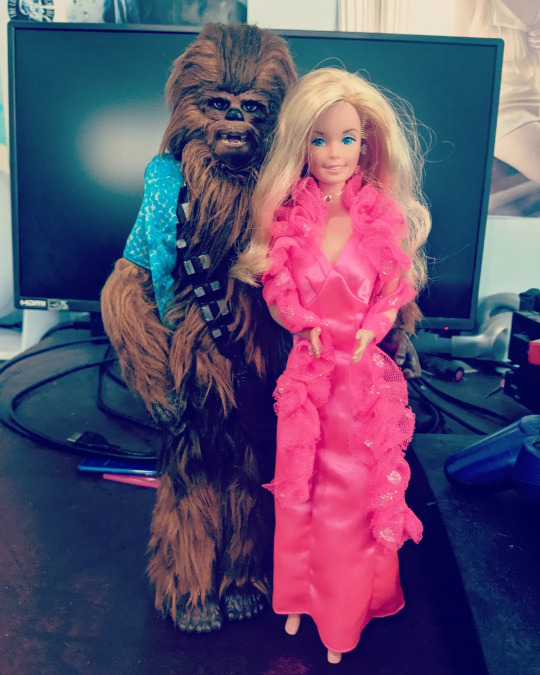
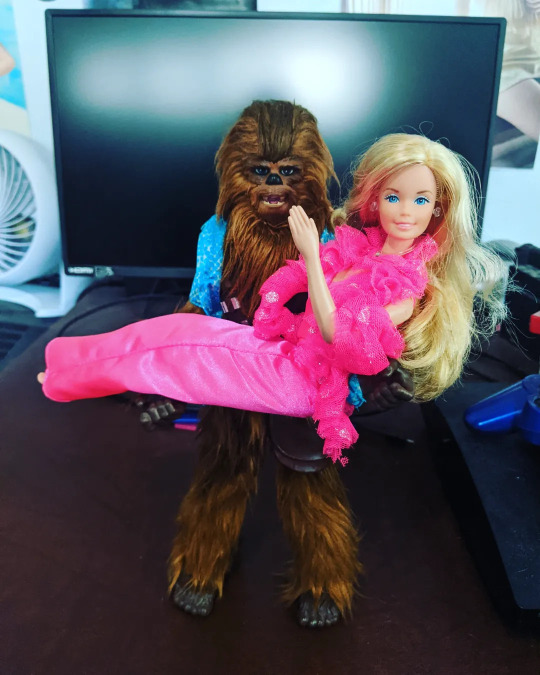
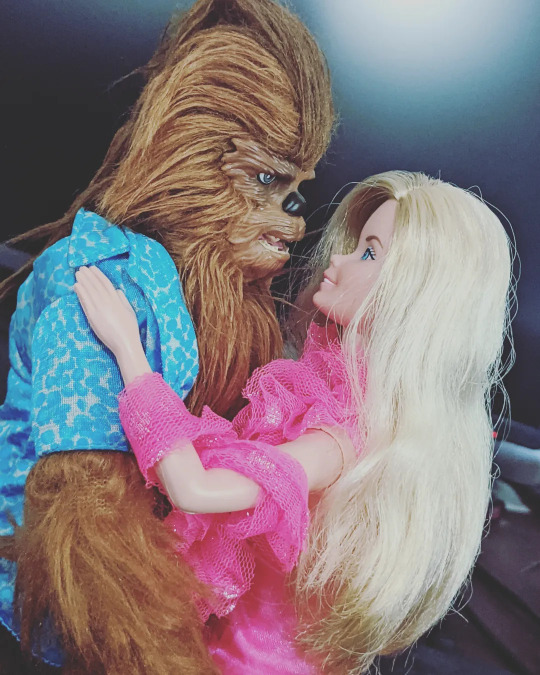
Since Mattel never made a Reproduction Superstar Ken, my Repro Superstar Barbie started dating another 70's Superstar.
#Chewbacca#Chewbacca Doll#Star Wars Doll#star wars forces of destiny#Barbie#Barbie Doll#Superstar Barbie#Repro Barbie#Reproduction Barbie#Reproduction Superstar Barbie#70s Barbie
297 notes
·
View notes
Text


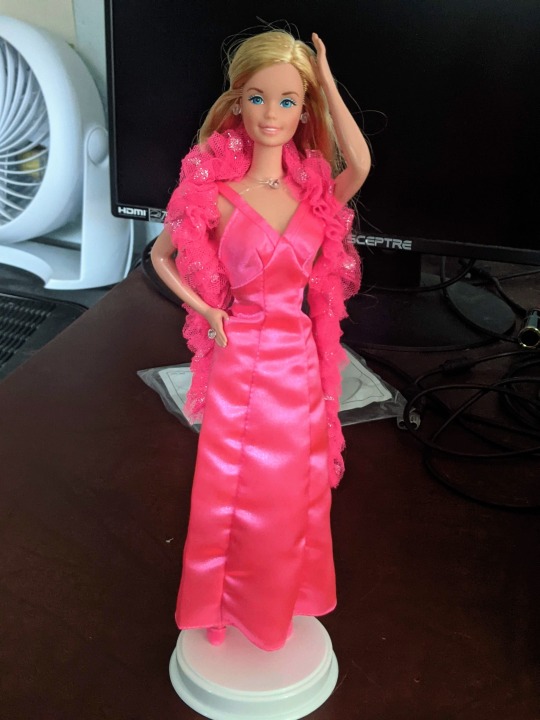
Got Reproduction Superstar Barbie from Amazon the other day! While she was a pain to unbox, I am very happy with her, she's so gorgeous!
56 notes
·
View notes
Text

Barbie Superstar Reproduction
#barbiereproduction#barbie fashions#barbiedolls#vintage reproduction#bill greening#barbiecollector#barbiesignature#barbiesuperstarforever#barbiesuperstar#mattelcreations#mattel#dollcollectors
12 notes
·
View notes
Text





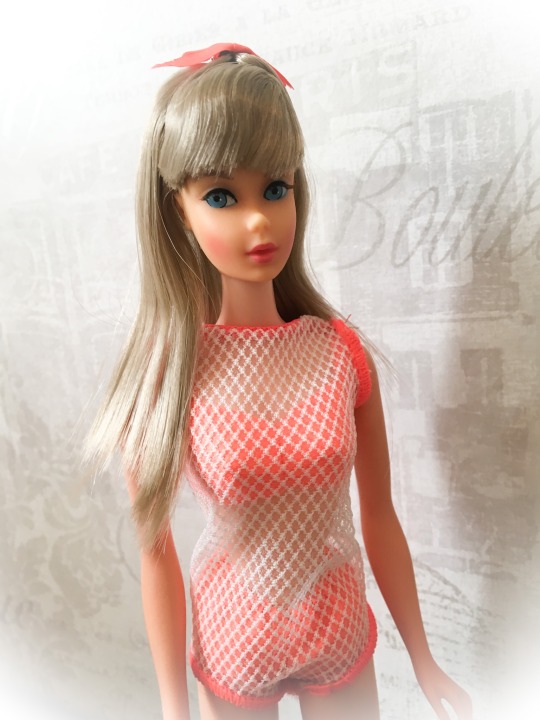


I just had to free her hair from the plastic and photograph her ❤️🥰 I have fallen in love with the vintage Mod Era now... just when I thought my doll collection was near complete because my favourites are Superstar dolls and I had all the ones that I love, She was expensive though so I will have to make do with reproductions if I get some more, I would like to get ‘All That Jazz’ and ‘Smasheroo’ reproductions and maybe Far Out Barbie too. I have taken photos from the booklet that came with her too. ❤️
#barbiemod#barbie60s#BarbieCollector#barbie dolls#barbiesignature#dollsofthe60s#mattel barbie#mattel#toy#beautifulbarbie#barbie#barbiedolls#barbiecollection#beautiful#beauty#pretty#barbiefashion#mod
7 notes
·
View notes
Photo

Barbies: “Superstar (Reproduction doll)” and “Sports Illustrated” doll.
17 notes
·
View notes
